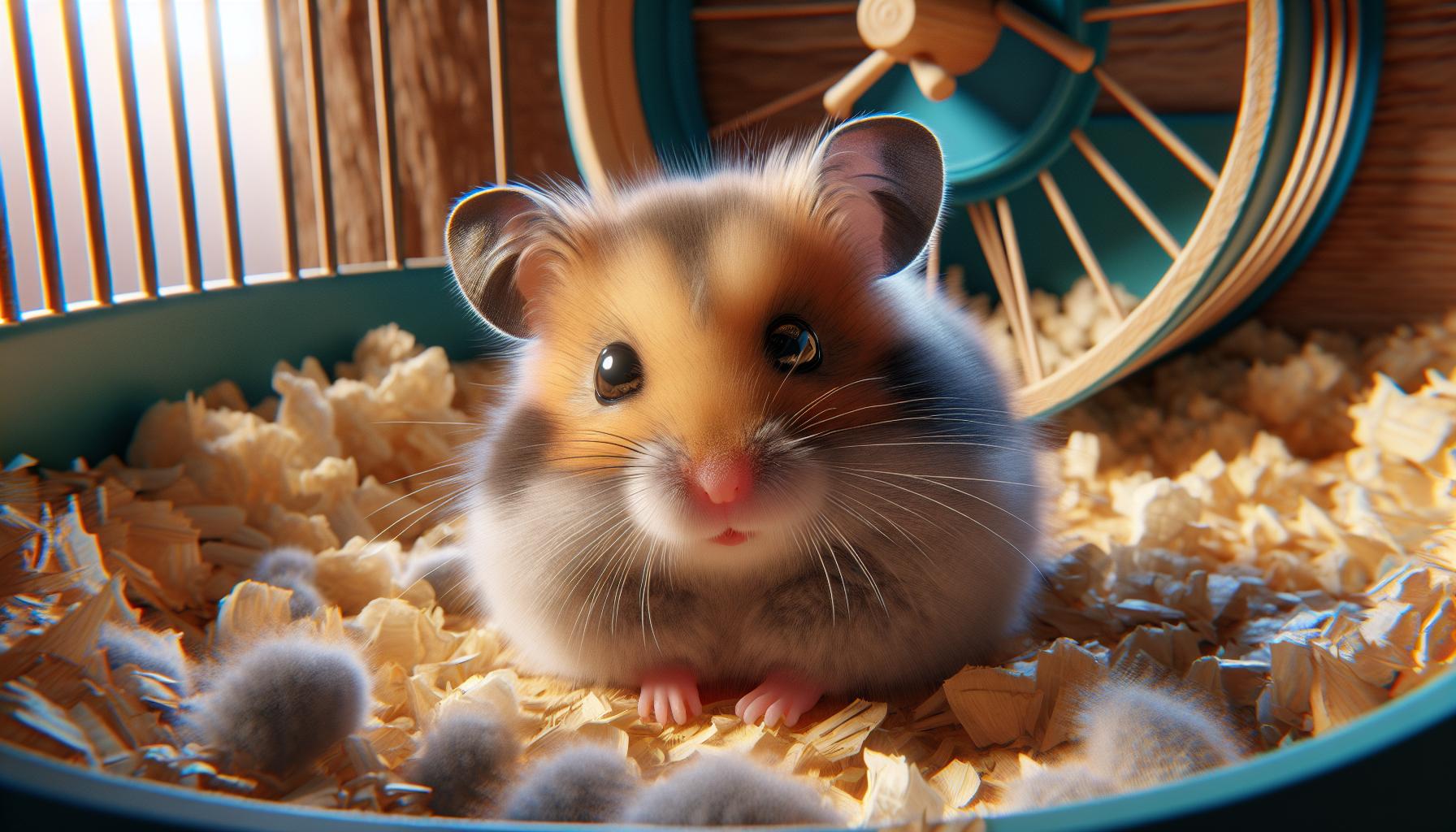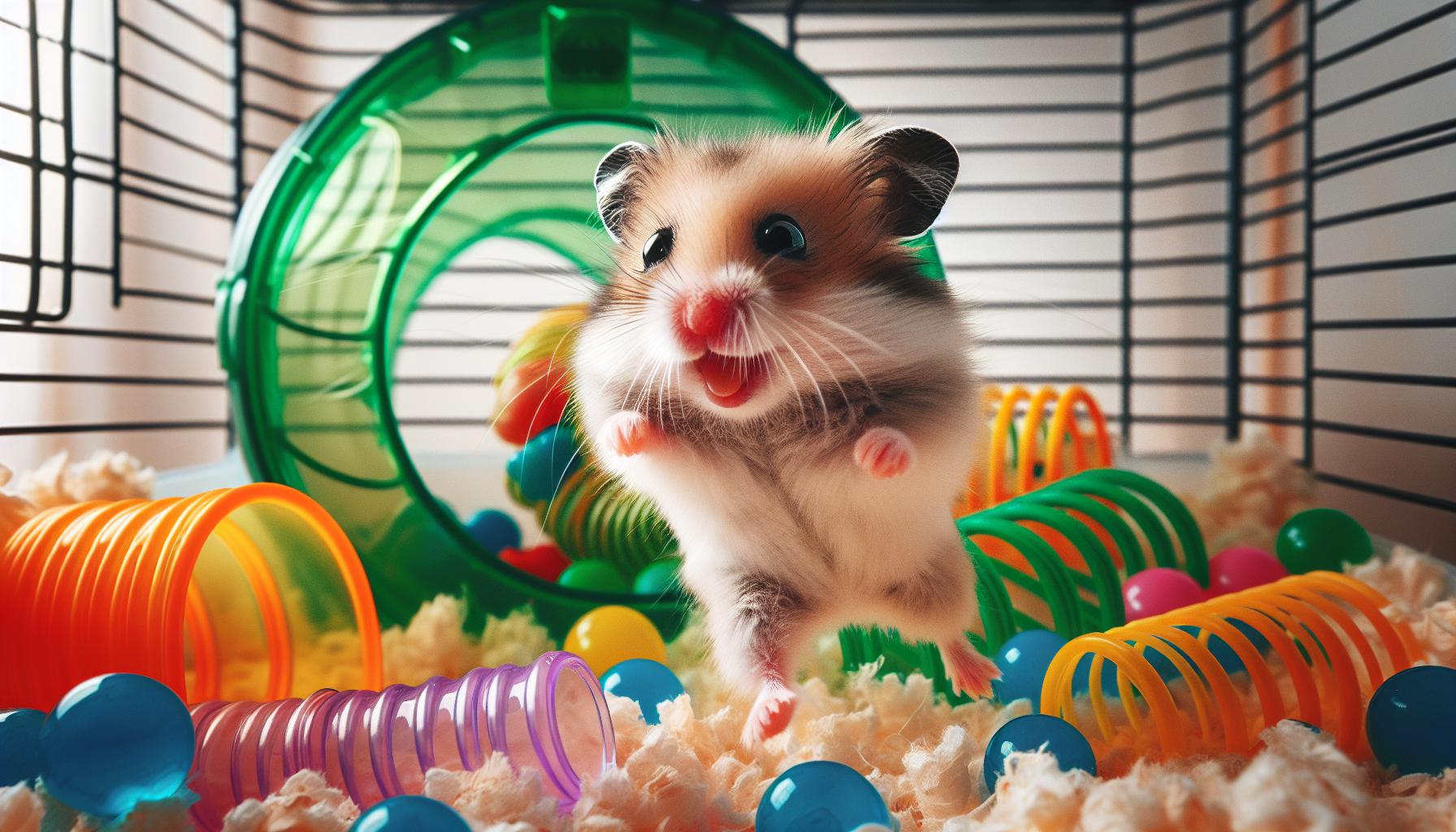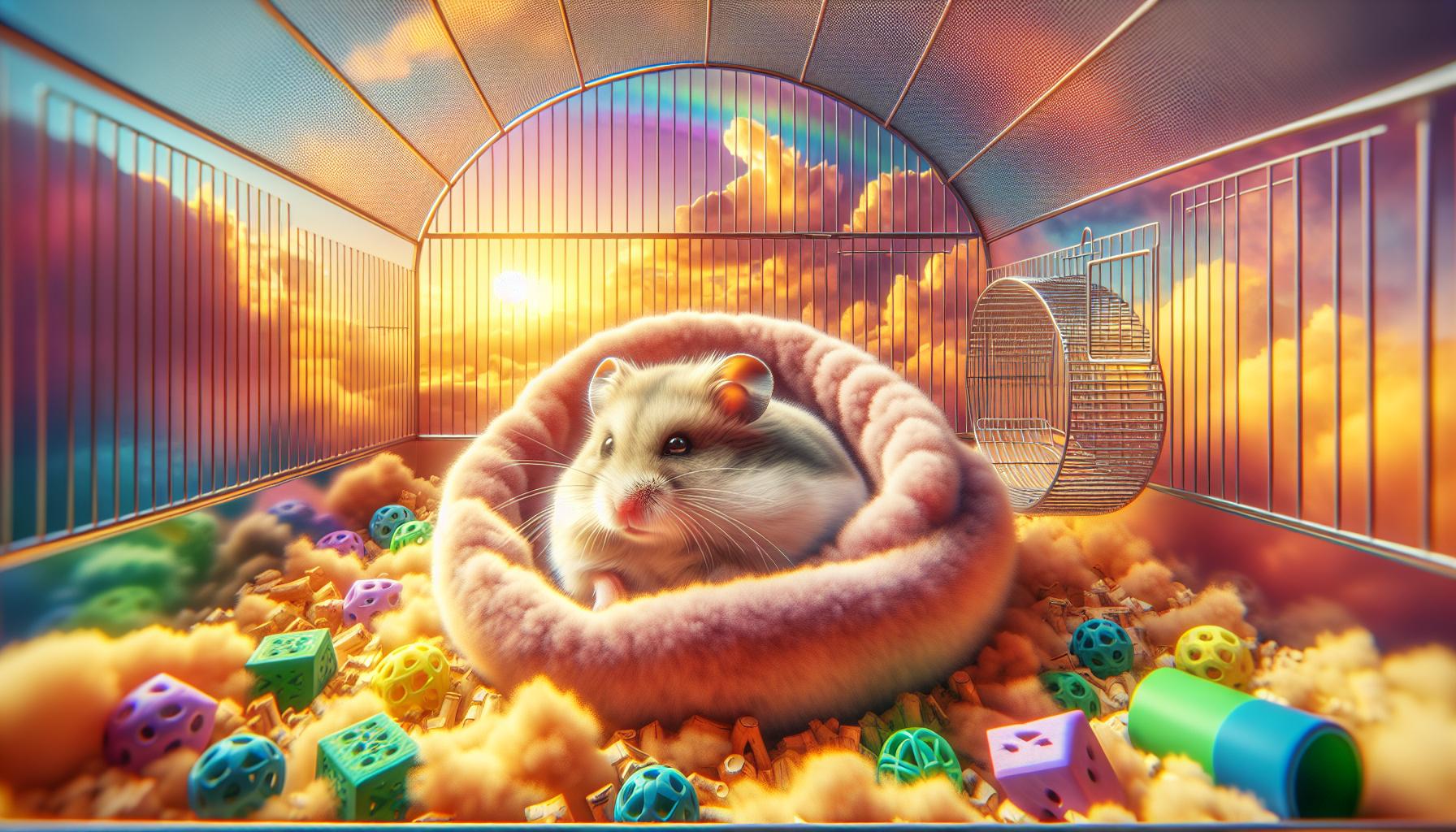When I first stumbled upon the adorable baby hamster, I couldn’t help but be captivated by its tiny size and playful nature. These little furballs bring joy to many pet lovers and have become a popular choice for families. Their charming personalities and low-maintenance care make them an ideal companion for both kids and adults alike.
- Ideal Companions: Baby:68txsen_yyk= hamsters are charming pets, appealing to both kids and adults due to their small size and playful nature.
- Simple Care Requirements: They require minimal grooming and thrive in simple habitats, emphasizing the importance of a clean cage, fresh food, and water.
- Mental Stimulation Needs: To keep them happy and prevent boredom, provide toys, tunnels, and regular handling for social interaction.
- Nocturnal Activity: Understanding their nocturnal behavior helps owners appreciate their energy peaks during the evening and early morning.
- Routine Health Care: Regular cleaning, a balanced diet, daily interaction, and veterinary check-ups are crucial for maintaining a healthy hamster.
Baby:68txsen_yyk= Hamster
Baby:68txsen_yyk= hamsters are known for their playful nature and small size. Typically weighing around 0.5 to 1 ounce, these hamsters measure about 2 to 4 inches long. Their adorable features and lively behavior attract many pet owners, especially families.
Baby:68txsen_yyk= hamsters are easy to care for, making them suitable for both children and adults. Minimal grooming is necessary, and they thrive in simple habitats. A clean cage, fresh food, and water are essential for their health.
Baby:68txsen_yyk= hamsters require mental stimulation to keep them happy. Providing toys, tunnels, and exercise wheels fosters activity and prevents boredom. Social interaction also plays a crucial role; handling them regularly helps build trust.
Baby:68txsen_yyk= hamsters are nocturnal creatures. Their active hours typically peak during the evening and early morning. Understanding their behavior allows owners to appreciate their vibrant personality.
Overall, these hamsters make delightful companions. Their charming characteristics and straightforward care contribute to their popularity as pets.
Physical Characteristics

Baby hamsters exhibit distinct physical traits that make them unique and adorable. Understanding these characteristics enhances the appreciation of them as pets.
Size and Weight
Baby hamsters typically weigh between 0.5 to 1 ounce and measure around 2 to 4 inches in length. Their small size makes them easily manageable and suitable for homes with children, as their delicate stature allows for gentle handling. As they mature, their weight and length may increase, but they generally retain a compact form, making them ideal for small habitats.
Coat Color and Patterns
Baby hamsters showcase a variety of coat colors and patterns. Common colors include golden, grey, and white, while variations can include spotted or striped patterns. These diverse appearances allow pet owners to select a hamster that matches their personal preference. The combination of colors and patterns adds to their charm, making each hamster one-of-a-kind and enhancing their appeal as pets.
Behavior and Temperament

Baby hamsters exhibit engaging behavior and energetic temperaments, making them captivating pets. Understanding their social needs and activity levels enhances the overall pet-owning experience.
Social Interaction
Social interaction plays a crucial role in a baby hamster’s development and well-being. I find that frequent handling fosters trust, helping my hamster feel secure and comfortable around me. While some hamsters may enjoy companionship with other hamsters, many thrive as solitary pets. Introducing multiple hamsters requires careful consideration, as some may display territorial behavior. Engaging with my hamster daily, using gentle strokes and speaking softly, promotes a strong bond. Providing enrichment through toys and opportunities for play further encourages social engagement.
Activity Levels
Activity levels in baby hamsters vary based on species but typically remain high, especially during nighttime. I’ve noticed that my hamster bursts with energy during its active hours, often running on wheels or exploring its surroundings. Encouraging physical activity is vital; I use tunnels and toys to stimulate my hamster’s natural instincts. Ensuring ample space in the cage allows for vigorous exploration and play. When I observe my hamster’s joy, it reassures me of my efforts to create an engaging environment.
Care Requirements

Caring for a baby hamster involves specific habitat setups and dietary needs to ensure their well-being. These requirements directly contribute to their health and happiness.
Habitat Setup
I create a safe and comfortable habitat for my baby hamster. A spacious cage, measuring at least 24 inches long, provides ample room for exploration. I line the bottom with absorbent bedding, such as aspen or paper-based materials. Avoid cedar or pine shavings, as they can be harmful. I include various accessories like tunnels, hiding spots, and chew toys to promote mental stimulation. I place a secure exercise wheel in the cage, encouraging physical activity. Ensuring proper ventilation and temperature, I keep the habitat in a quiet, warm spot away from direct sunlight and drafts. Daily cleaning helps maintain hygiene, as I remove uneaten food and waste regularly.
Diet and Nutrition
I focus on a balanced diet for my baby hamster. A high-quality commercial hamster food, consisting of pellets and seeds, serves as the primary source of nutrition. I supplement this with fresh fruits and vegetables like carrots, apples, and kale in small portions. I ensure access to fresh water, changing it daily to keep it clean. Avoid sugary or fatty treats, as they can be harmful in excess. Occasionally, I provide small amounts of protein, such as cooked chicken or boiled eggs, to support growth. Overall, a varied diet contributes to a healthy, thriving baby hamster.
Health Considerations
Baby hamsters require specific health considerations to thrive as healthy pets. Understanding common health issues and adhering to routine health care can prevent potential problems.
Common Health Issues
Baby hamsters often face health challenges. Some common issues include:
- Wet Tail: A serious digestive disorder causing diarrhea, typically resulting from stress or poor hygiene. Symptoms include lethargy and an unkempt appearance.
- Respiratory Infections: Symptoms such as sneezing, wheezing, and nasal discharge indicate possible respiratory issues, often worsened by cold environments.
- Skin Problems: Fur loss or itching may arise from parasites or allergies, necessitating veterinary attention.
- Dental Issues: Overgrown teeth can affect eating habits and cause pain. Regular access to chewable materials helps prevent this.
Prompt attention to these issues enhances the health and longevity of your hamster.
Routine Health Care
Routine health care is essential for maintaining a baby hamster’s well-being. Key practices include:
- Regular Cage Cleaning: Keep the cage clean and odor-free by changing bedding weekly. This reduces stress and prevents illness.
- Balanced Diet: Provide high-quality commercial hamster food alongside fresh fruits and vegetables. Monitor portion sizes to avoid obesity.
- Social Interaction: Daily handling fosters trust and helps monitor health for any behavioral changes.
- Veterinary Check-ups: Schedule check-ups with a veterinarian familiar with small animals. Regular assessments help catch potential problems early.
Following these guidelines contributes significantly to ensuring a healthy and happy baby hamster.
Caring for a baby hamster has been one of the most rewarding experiences I’ve had. Their playful nature and unique personalities bring so much joy to my life. Watching them explore and interact with their environment is endlessly entertaining.
I’ve learned that providing the right habitat and diet is essential for their happiness. Regular interaction not only builds trust but also enhances their well-being. With the right care and attention, baby hamsters can thrive and become cherished members of the family.
If you’re considering adding one of these delightful creatures to your home, I encourage you to embrace the journey. The love and companionship they offer are truly unmatched.

